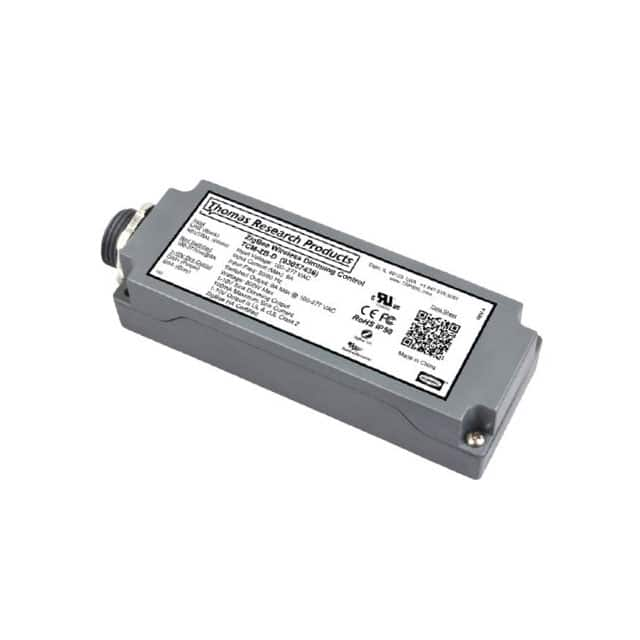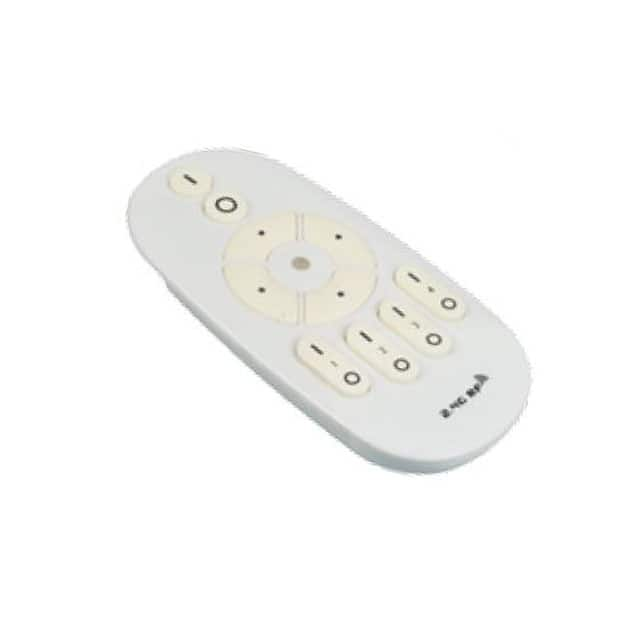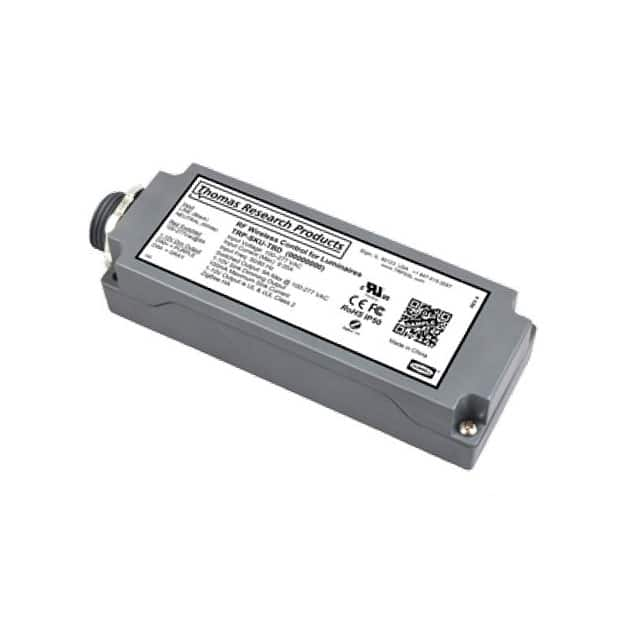
Current Lighting
Thomas Research Products is a reputable company that specializes in providing advanced LED lighting solutions and power conversion technology. With a strong commitment to innovation, quality, and customer satisfaction, they offer a comprehensive range of products, including LED drivers, surge protectors, emergency lighting systems, and related components. These solutions are designed to deliver exceptional performance, efficiency, and durability for various applications. The company's team of experienced engineers works closely with clients to develop customized solutions that meet their specific requirements. Additionally, Thomas Research Products prioritizes sustainability and environmental responsibility by reducing waste, energy consumption, and offering recycling programs. With a global presence and a strong network of partners, they are a trusted provider of reliable and innovative LED lighting solutions and power conversion technology.
RF Receiver, Transmitter, and Transceiver Finished Units
Results:
10
Series
Function
Applications
Modulation or Protocol
Frequency
Power - Output
Interface
Sensitivity
Features
Data Rate (Max)
Results remaining:10
Applied Filters:
Current Lighting
About RF Receiver, Transmitter, and Transceiver Finished Units
RF Receiver, Transmitter, and Transceiver Finished Units are essential components in RF communication systems used for transmitting and receiving radio frequency signals. These units combine various functions and capabilities into a single device, providing convenience and versatility in wireless communication applications. The functions of RF Receiver, Transmitter, and Transceiver Finished Units are diverse and cater to different communication needs. Some common functions include: Access Point: Acts as a central hub for wireless devices to connect to a network. Adapter: Enables the connection between devices with different interfaces or connectors. Analog to Wireless Converter: Converts analog signals into wireless signals for transmission. Controller: Manages and controls the operation of the RF unit. Digital I/O: Provides digital input and output capabilities for data exchange. Digital Receiver: Receives and processes digital signals for decoding and further processing. Ethernet: Allows for wired network connectivity through an Ethernet interface. Gateway: Connects different networks or protocols together, facilitating communication between them. Magnetic Base Antenna: An antenna with a magnetic base for easy installation and positioning. Modem: Modulates digital signals for transmission and demodulates received signals for decoding. Modulator/Demodulator: Performs modulation and demodulation functions for signal conversion. Relay Switch: Controls the switching of signals or power between different devices. Remote Control System: Facilitates wireless control and operation of devices remotely. Router: Directs network traffic between different networks or subnets. Sensor: Captures and measures physical or environmental parameters for data acquisition. Software Defined Radio: Utilizes software algorithms for signal processing and modulation/demodulation. Switch: Enables the routing of signals between different input/output ports. Transceiver: Combines the functions of both a transmitter and a receiver in a single unit. Transmitter: Converts signals into radio frequency for wireless transmission. Wireless Lighting Controller: Controls and manages wireless lighting systems. 2 Transceivers: A set of two transceivers that can transmit and receive signals simultaneously. These finished units are designed to provide convenience and ease of use by integrating multiple functionalities into a single device. They are suitable for various RF communication applications, such as wireless networking, remote sensing, IoT (Internet of Things) devices, and telecommunications. In summary, RF Receiver, Transmitter, and Transceiver Finished Units offer a wide range of functions and capabilities for transmitting and receiving radio frequency signals. These versatile devices play a crucial role in enabling wireless communication and networking in various applications.





